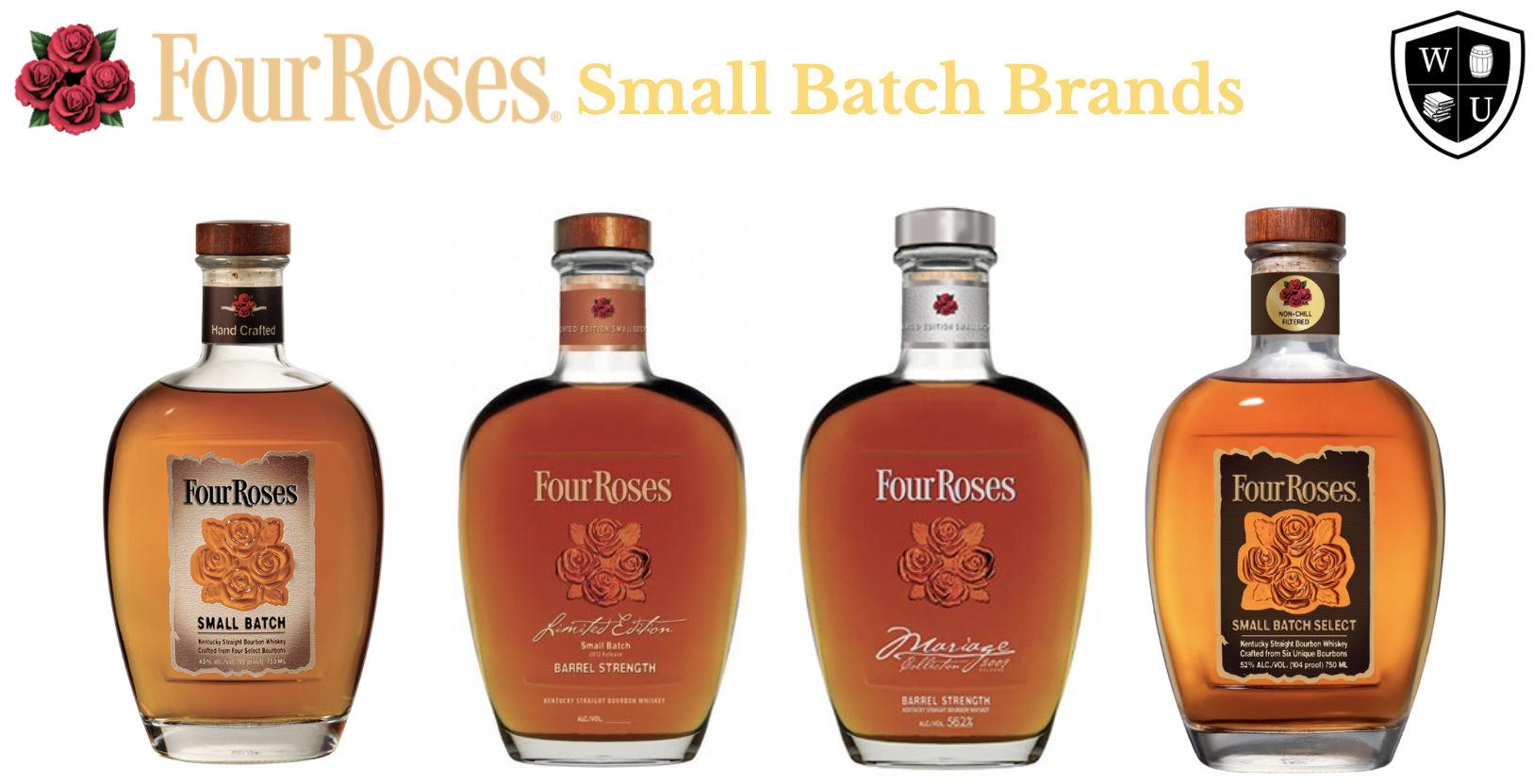
Paul Jones, Jr.
No known photographs of Paul Jones, Jr. exist. Above is an AI-generated photo of what he may have looked like, based on a sketch of him in about 1890.
Business continued to grow, despite an expanding effort from prohibitionists and other groups trying to throw alcohol businesses out. Finally, in 1883, the prohibitionists succeeded, and statewide prohibition in Georgia became law, so Paul Jr. began looking for other business opportunities.
At some point, Paul Jr. made his way to Kentucky. At the Southern Exposition in Louisville, he was on the lookout for good trotting horses for his niece, and, finding a whiskey trade office nearby, he quickly realized the available opportunity should he consider a move to the area.
Paul Jr. then hastily rented a space at 136-140 East Main. In this area of the city, all the major producers and rectifiers of the day, such as J.T.S. Brown, W.I. Weller, R.E. Wathen, and I.W. Bernheim, held offices. The business took off very quickly for Paul Jr. His location gave the company direct access to the Ohio River to ship out products through Western Kentucky and down the Mississippi from Cairo, Illinois, downriver all the way to New Orleans. Through this shipping channel, Paul’s products might be sold all along the east coast, even to Europe, and potentially in the Far East! Paul soon found himself in the need to expand the business again, so he bought the J. G. Mattingly distillery on what would become Louisville’s famous “Whiskey Row” for $125,000 at auction ($3.5 million in today's dollars). Included in the purchase were a mill, a fermenting house, a boiler house, a distillery building, and a cattle barn.
Then, in the early 1880’s the legend of the Four Roses name began. It is said that Paul Jr. was to attend a Louisville high-society wedding with his nephew (other accounts point to the wedding being in Lexington, Kentucky). In any case, during the wedding, Mary Peabody, who had come from Columbus, Georgia, was also in Louisville for the wedding. Lawrence Lavalle Jones, who was Paul Jr.’s nephew, was very shy; nevertheless, he was smitten with Mary. Eventually, he made up his mind to court her and was unrelenting until she agreed. He made frequent trips to ask Mary for her hand in marriage periodically for 5 years.
Finally, during an upcoming ball, the frustrated suitor decided that he would ask Mary one more time, and if her answer was no, he vowed that he would never ask again. He sent a dozen roses and wrote her saying that it would be the last time he would ask. Being a demure society lady, if her answer was ‘yes', then he asked her to wear a corsage of four roses so that he would know. However, if her answer was ‘no’, then she was not to wear any of his roses to the ball.
That evening, when Mary arrived at the dance, she was sporting a beautiful corsage of “Four Roses”.
“The Romantic Founder”
It is said that in the 18th century, the Jones family was so influential in the whiskey business that they could trace their distilling lineage to the 1600s.. Luckily, some time late in that century, the family emigrated to Lynchburg, Virginia.
Once in Virginia, the family’s distilling business thrived through the American War for Independence and the War of 1812, where the Jones family provided liquor to American troops. In 1828, Paul Jones, Sr, was married to Mary Walton, and they soon had 4 children. Two of the children were daughters. Of the two sons, Walter Paul would go on to a career in the whiskey business, but his brother. Paul Jones, Jr., who was born in 1840, had an even more significant impact on the industry of his heritage..
After the civil war, Paul Sr. and Paul Jr. had run a grocery business together in Atlanta, and the business thrived under Paul Sr.’s leadership until he passed in 1877. After his father’s death, Paul Jr. added whiskey sales to the business, and because of this, Paul became quite prominent in the Atlanta area, becoming influential in getting key people elected and appointed to offices as he desired.
Lawrence Lavalle Jones and Mary Peabody were married in 1894.
Unfortunately, Lawrence’s uncle Paul Jones, Jr., passed away the following year so quickly that very few of his friends even knew he was seriously ill. On Friday, he was going about business as usual until later in the afternoon, when he began to complain about severe pain in his head. He stumbled to his apartment in the Galt house, and shortly after, made his way to the Norton Infirmary. The next day, Jones seemed better, but again by the afternoon, he worsened, then lost consciousness. After another few tense moments, he passed away at age 55 of Bright’s disease, which causes swelling and inflammation of the kidneys. It was already in an advanced state when discovered only days earlier, and was untreatable by that time. Paul was buried in Cave Hill Cemetery in Louisville.
Lawrence Lavelle Jones, his bride Mary, and Lawrence’s brother Saunders Jones carried on the business after Paul’s passing. It was well-known and relatively successful in Louisville until about 1920, when it folded after both Jones brothers themselves became frail and unable to work.
Contributed by Daniel Snyder, Champaign, Illinois






